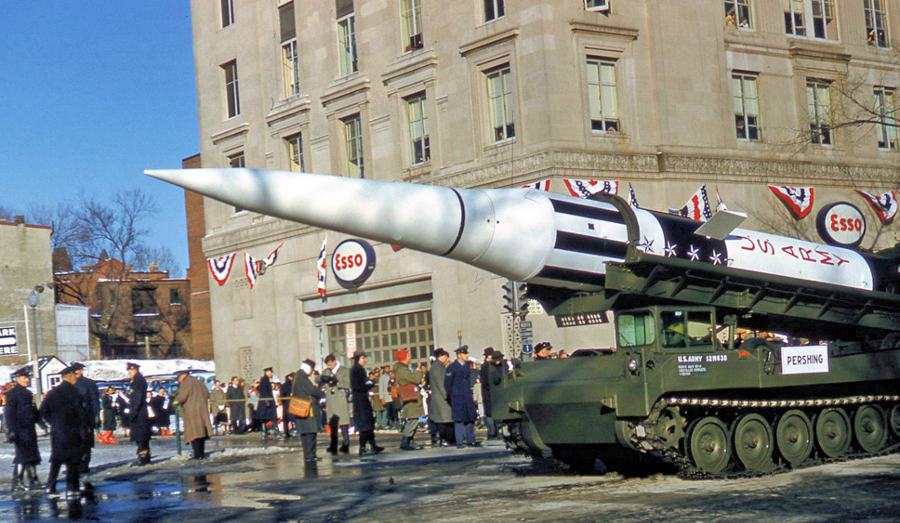One of the hallmarks of the late Cold War era was the heightened awareness on the part of both US and Soviet leaders that the massive nuclear arsenals each country was amassing were more dangerous than beneficial. That led to the Strategic Arms Limitation Talks (SALT I & II), the Strategic Arms Reduction Treaty (START), and the Intermediate-Range Nuclear Forces Treaty (INF). But now nearly 30 years after the dissolution of the Soviet Union, the international framework that supported those efforts at arms control is faltering, ushering in a new period of potential international instability and maybe even a new Cold War.
In many ways the arms control agreements of the Cold War era bear a resemblance to the Washington Naval Treaty of 1922. That treaty, signed by the victors of World War I, limited the numbers and tonnages of ships that the US, UK, France, Italy, and Japan could build in the aftermath of the Great War. That treaty, and subsequent modifications through the London Naval Treaties, broke down in the 1930s amidst an arms race in Europe, heralding the oncoming of World War II.
With Germany not being a signatory to the treaty and building up its naval power, France sought to match that buildup and violated the treaty shortly before its expiration. Italy constantly flouted the treaty, and Japan pulled out in the early 1930s. Those are eerie similarities to the current flap surrounding the INF treaty.
The US has decided to pull out of the INF treaty, claiming that Russia had developed and fielded missiles that violated the treaty. Yet within weeks of pulling out of the treaty the US tested its own INF-violating missile, an indication that the US had been developing technology for intermediate-range missiles all along.
The elephant in the room, of course, is China, which wasn’t a signatory to the INF treaty. And with China being free to develop all sorts of intermediate-range missiles, neither the US nor Russia want to be saddled with a treaty that puts them at a disadvantage vis-a-vis China. Thus the move to pull out of the treaty and begin developing new missiles.
The similarities with these current treaty pullouts and the 1930s and the arms buildups of Germany and Japan are ominous. And with world trade devolving into a tariff war reminiscent of the 1930s and the aftermath of Smoot-Hawley, there are more and more similarities between today and the era immediately before World War II. Let’s hope that those similarities remain just similarities and that we don’t find ourselves in a few years embroiled in another worldwide shooting war.
This article was originally posted on Red Tea News.





